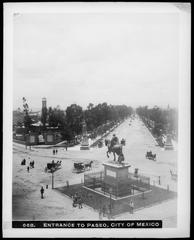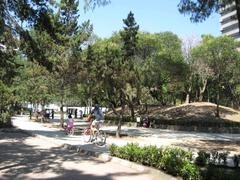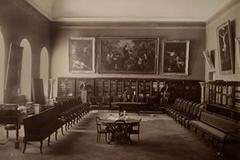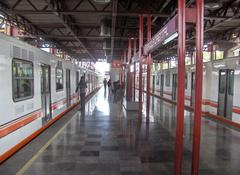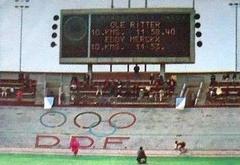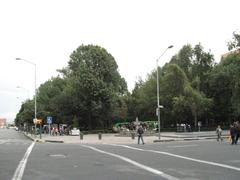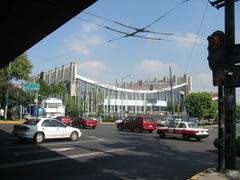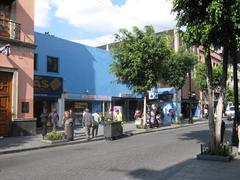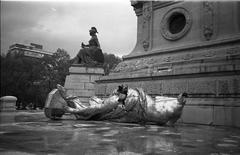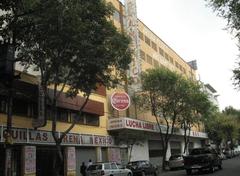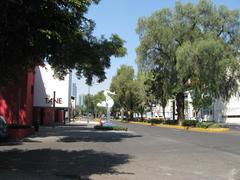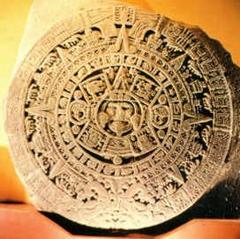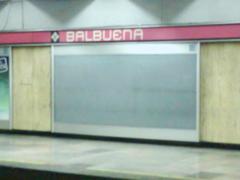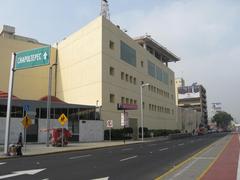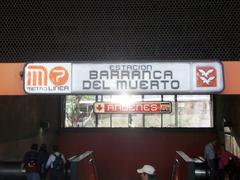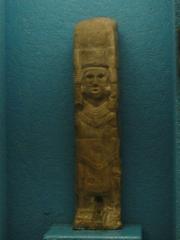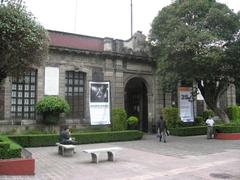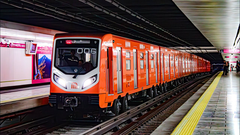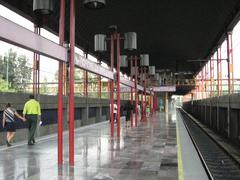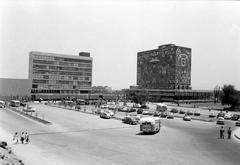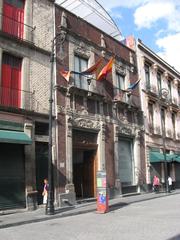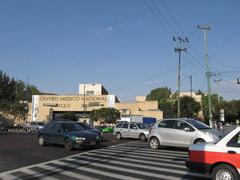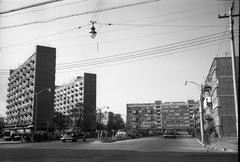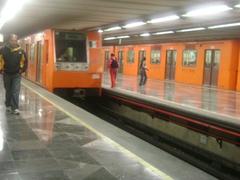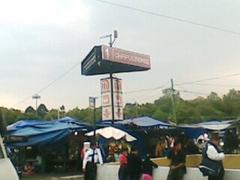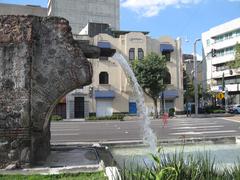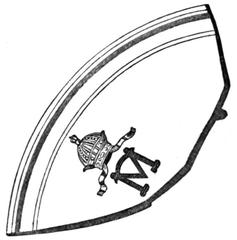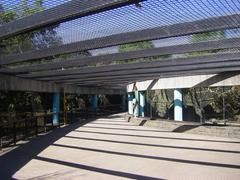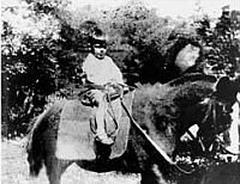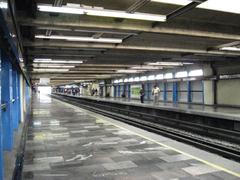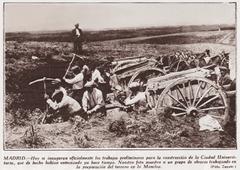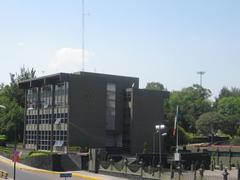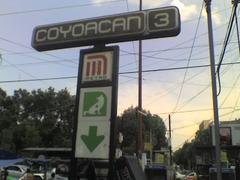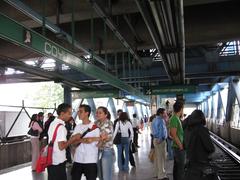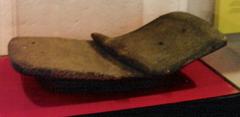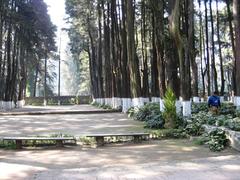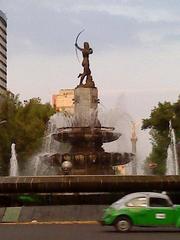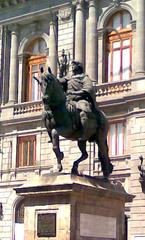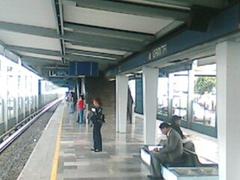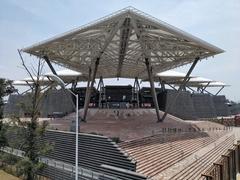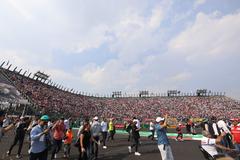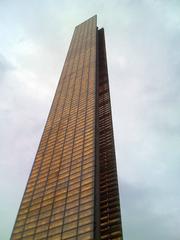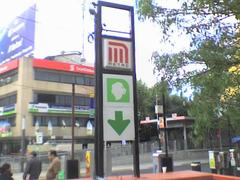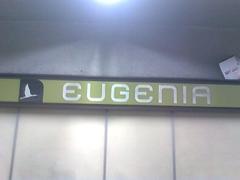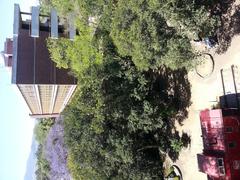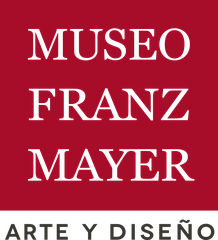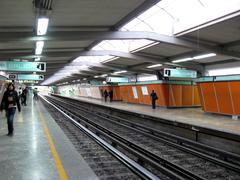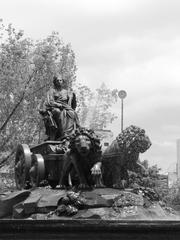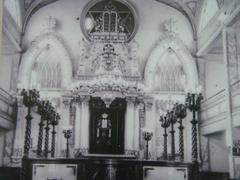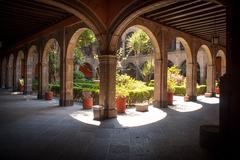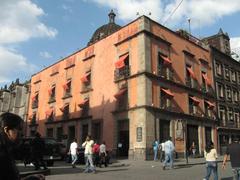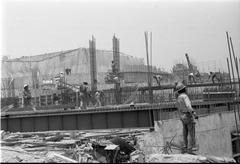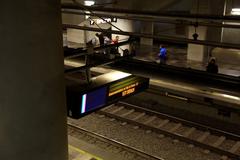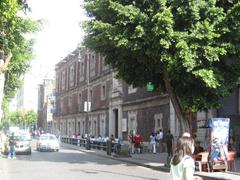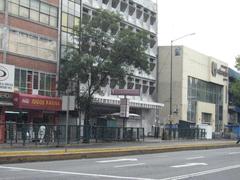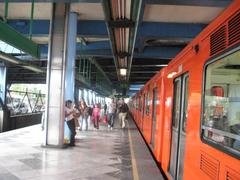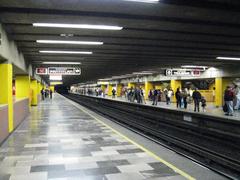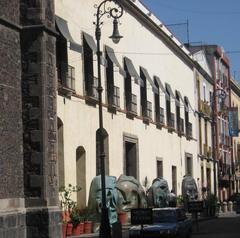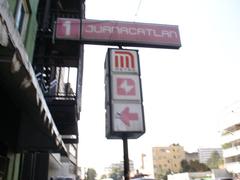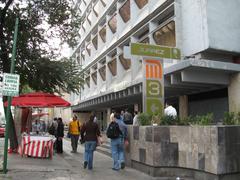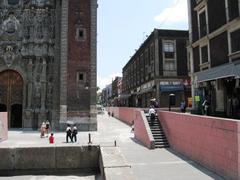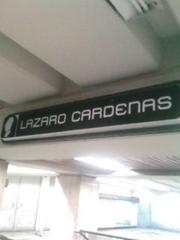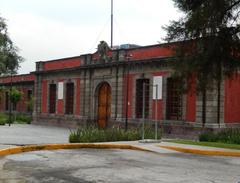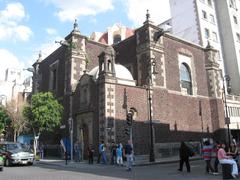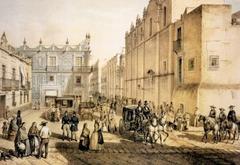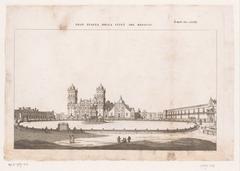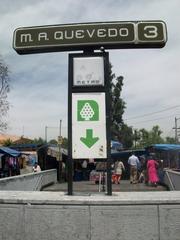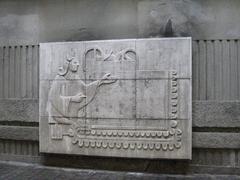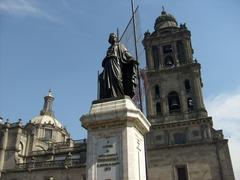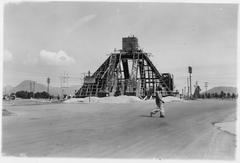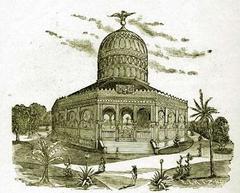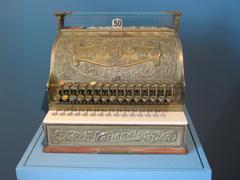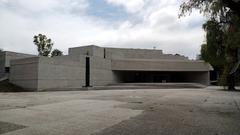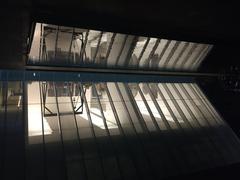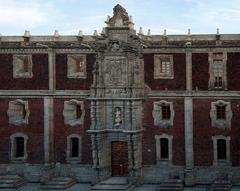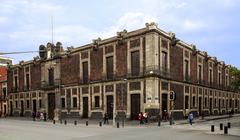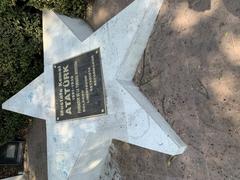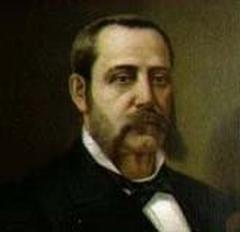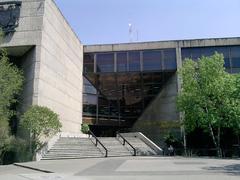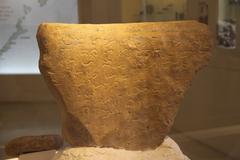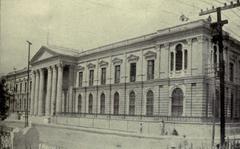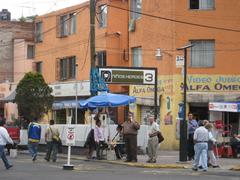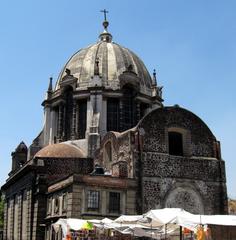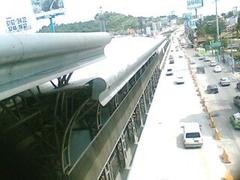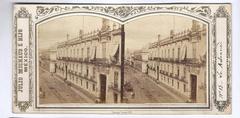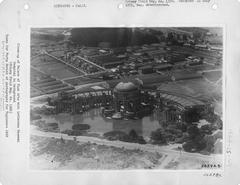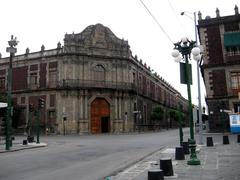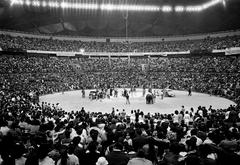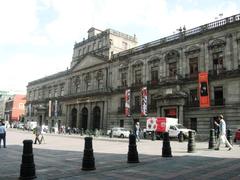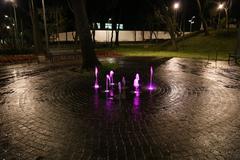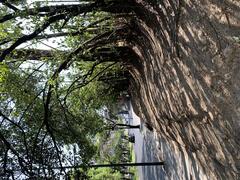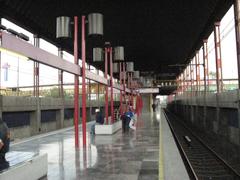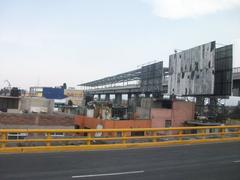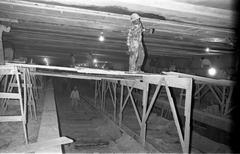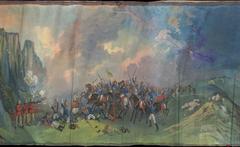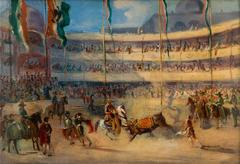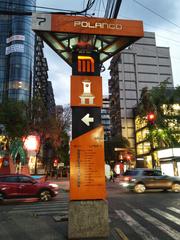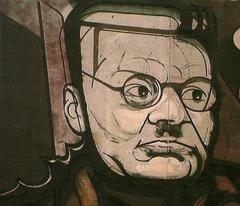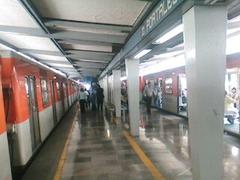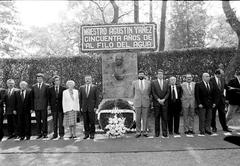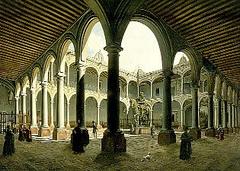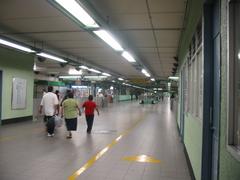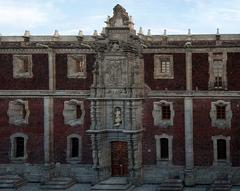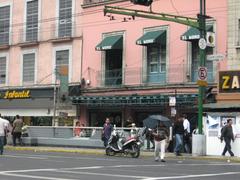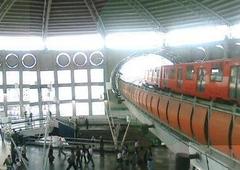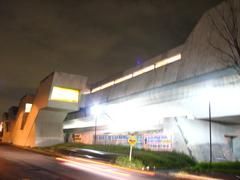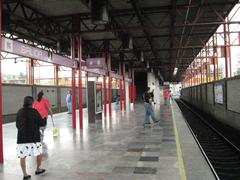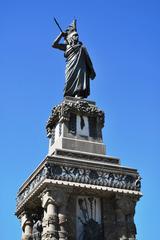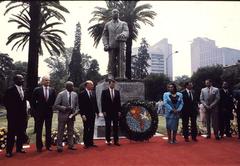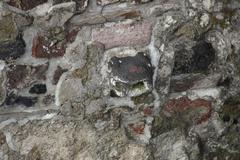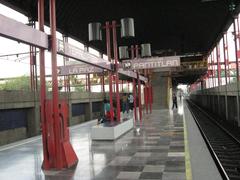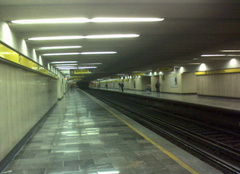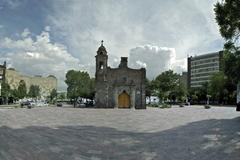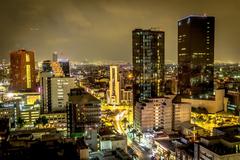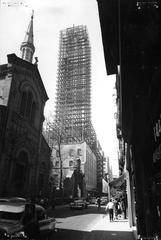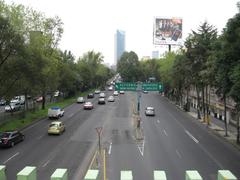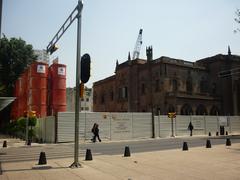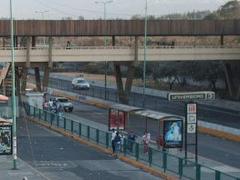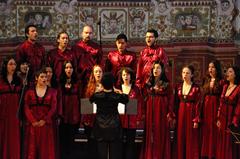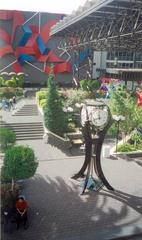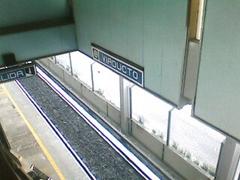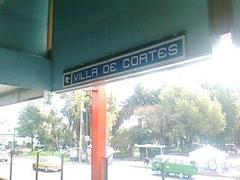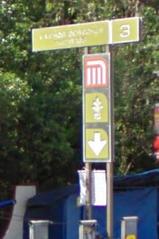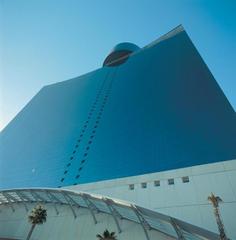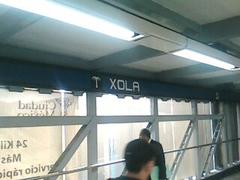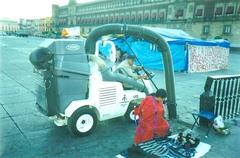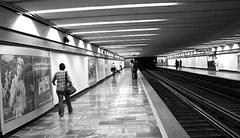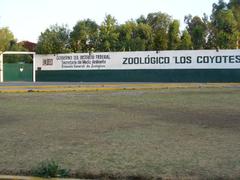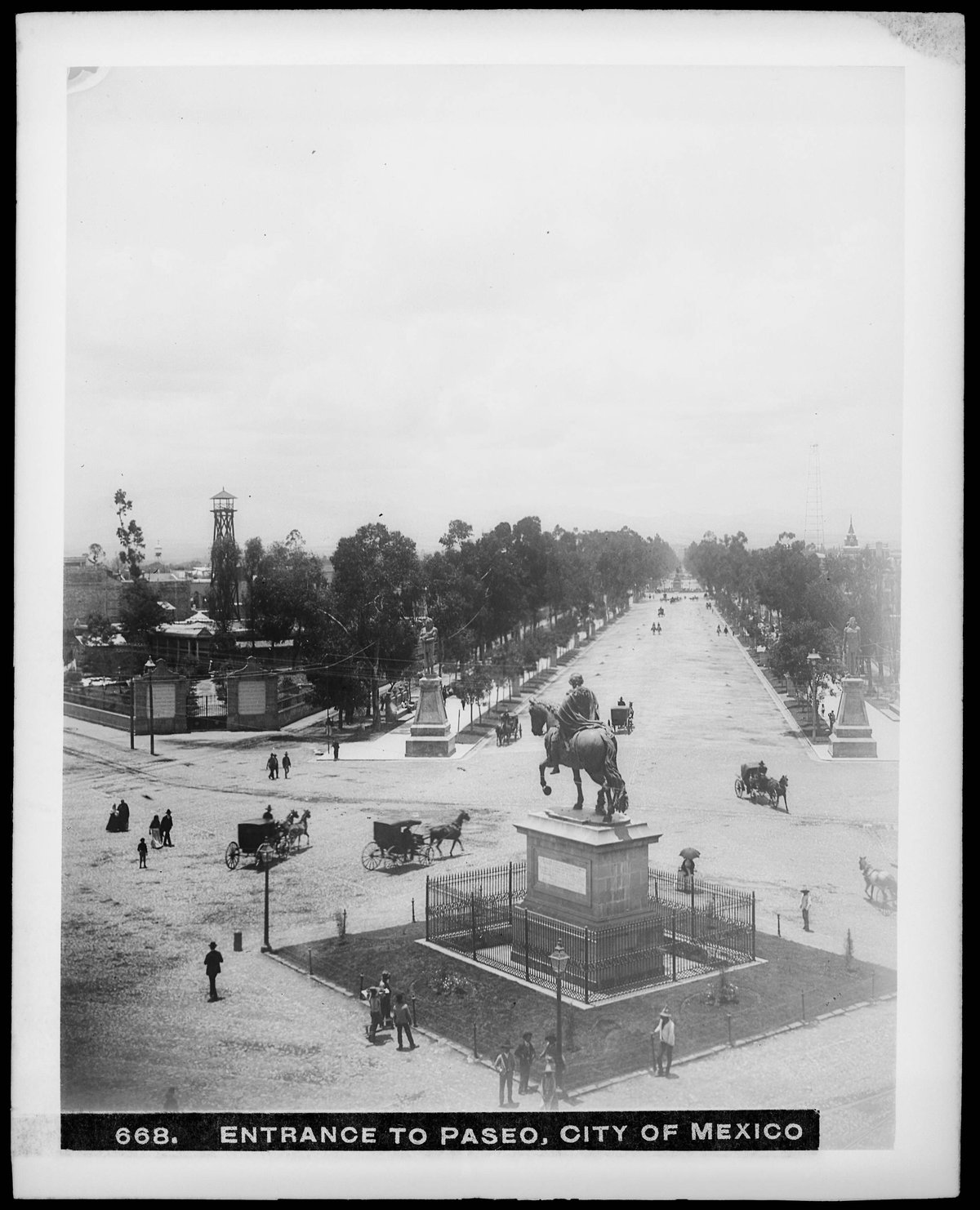
Visiting Monumento Indios Verdes: Hours, Tickets, and Historical Significance
Date: 18/07/2024
Why Visit Monumento Indios Verdes?
Nestled in the heart of Mexico City, the Monumento a los Indios Verdes, also known as the Monumento a la Raza Indígena, stands as a monumental tribute to Mexico’s indigenous heritage and complex history. This guide will delve into its historical significance, provide practical visitor information, and offer tips to enhance your visit. Conceived in the early 20th century amidst the social and political upheaval following the Mexican Revolution, the monument celebrates the contributions and resilience of Mexico’s indigenous peoples. The visionary behind this project, architect Carlos Obregón Santacilia, designed the monument in a Neo-Indigenist style, blending pre-Columbian aesthetics with modern architectural principles. Inaugurated in 1940, the Monumento a los Indios Verdes not only commemorates the fall of Tenochtitlan but also serves as a symbol of cultural heritage and national identity. (source)
What You Will Learn
- Introduction
- History and Significance
- Early 20th Century Vision - A Monument to National Identity
- Architectural Design - Blending History and Symbolism
- Construction and Inauguration - A Nation’s Tribute
- The Monument’s Significance - Beyond a Physical Structure
- Visitor Information
- Visiting Hours and Ticket Prices
- Travel Tips
- Nearby Attractions
- Accessibility
- Special Events and Guided Tours
- Photographic Spots
- FAQ
- Conclusion
Exploring the Monumento a los Indios Verdes - History, Visiting Hours, and Tips
Introduction
Nestled in a bustling traffic circle north of Mexico City’s historic center, the Monumento a los Indios Verdes stands as a powerful symbol of Mexico’s rich indigenous heritage and complex history. This guide will delve into the monument’s historical significance, provide practical visitor information, and offer tips to enhance your visit.
History and Significance
The Monumento a los Indios Verdes, officially known as the Monumento a la Raza Indígena (Monument to the Indigenous Race), is an emblematic tribute to Mexico’s indigenous peoples. Its imposing presence serves as a reminder of the country’s pre-Hispanic past and the enduring legacy of its indigenous communities.
Early 20th Century Vision - A Monument to National Identity
The idea for the monument was conceived in the early 20th century, a period marked by significant social and political upheaval in Mexico. The Mexican Revolution (1910-1920) had just ended, leaving the country grappling with forging a new national identity. In 1925, architect Carlos Obregón Santacilia proposed a monument dedicated to the indigenous people of Mexico, celebrating their contribution to Mexican identity.
Architectural Design - Blending History and Symbolism
Obregón Santacilia envisioned a monument that would blend pre-Hispanic aesthetics with modern architectural principles. He chose a Neo-Indigenist style, drawing inspiration from pre-Columbian art while incorporating modern elements. The monument features a massive stone base adorned with intricate Aztec and Mayan motifs, topped by a bronze sculptural group depicting an indigenous family.
Construction and Inauguration - A Nation’s Tribute
Construction began in 1925 but faced delays due to political instability and funding shortages. The monument was completed and inaugurated on September 13, 1940, coinciding with the anniversary of the fall of Tenochtitlan in 1521.
The Monument’s Significance - Beyond a Physical Structure
The Monumento a los Indios Verdes stands as a symbol of:
- Indigenous Recognition: It honors the contributions and resilience of Mexico’s indigenous peoples.
- Cultural Heritage: It celebrates the richness of Mexico’s pre-Hispanic cultures.
- National Identity: It contributes to a more inclusive and representative national identity for Mexico.
Visitor Information
Visiting Hours and Ticket Prices
The Monumento a los Indios Verdes is accessible to the public 24/7, and there is no admission fee, making it an ideal spot for both casual visitors and history enthusiasts.
Travel Tips
- Location: The monument is located at the intersection of Insurgentes Norte and Ticomán Avenue.
- Transportation: Easily accessible via Mexico City’s public transportation, particularly the Metro Line 3, Indios Verdes Station.
- Best Time to Visit: Early mornings or late afternoons to avoid the midday heat and crowds.
Nearby Attractions
- Basilica of Our Lady of Guadalupe: A significant religious site located a short distance from the monument. (source)
- Tlatelolco: An archaeological site offering insights into Mexico’s pre-Hispanic and colonial history. (source)
Accessibility
The area around the monument is wheelchair accessible, ensuring that everyone can appreciate this cultural landmark.
Special Events and Guided Tours
While there are no regular guided tours, special events and cultural celebrations are often held around the monument, particularly those related to indigenous communities. Check local listings or the monument’s official website for updates.
Photographic Spots
For the best photos, consider these spots:
- The base of the monument, capturing the intricate carvings.
- The bronze sculptures from a low angle, highlighting their grandeur.
- Evening shots when the monument is beautifully lit.
FAQ
Q: What are the Monumento a los Indios Verdes visiting hours? A: The monument is accessible 24/7.
Q: Do I need tickets to visit the Monumento a los Indios Verdes? A: No, visiting the monument is free of charge.
Q: How can I reach the Monumento a los Indios Verdes? A: The monument can be easily reached via Metro Line 3, Indios Verdes Station.
Conclusion
Visiting the Monumento a los Indios Verdes offers a unique opportunity to connect with Mexico’s past and appreciate the enduring legacy of its indigenous peoples. Whether you’re a history buff or a casual visitor, this cultural landmark provides a space for reflection and celebration of Mexico’s rich heritage. Don’t forget to download the Audiala app for more insights and updates, and check out our other posts for more exciting destinations in Mexico City.
Sources and Further Reading
- Exploring the Monumento a los Indios Verdes - History, Visiting Hours, and Tips, 2024 (source)
- Visiting the Monumento a la Raza - Hours, Tickets, and Tips for Exploring Mexico City’s Historic Landmark, 2024 (source)
- Top Nearby Attractions When Visiting Monumento a la Raza in Mexico City, 2024 (source)
